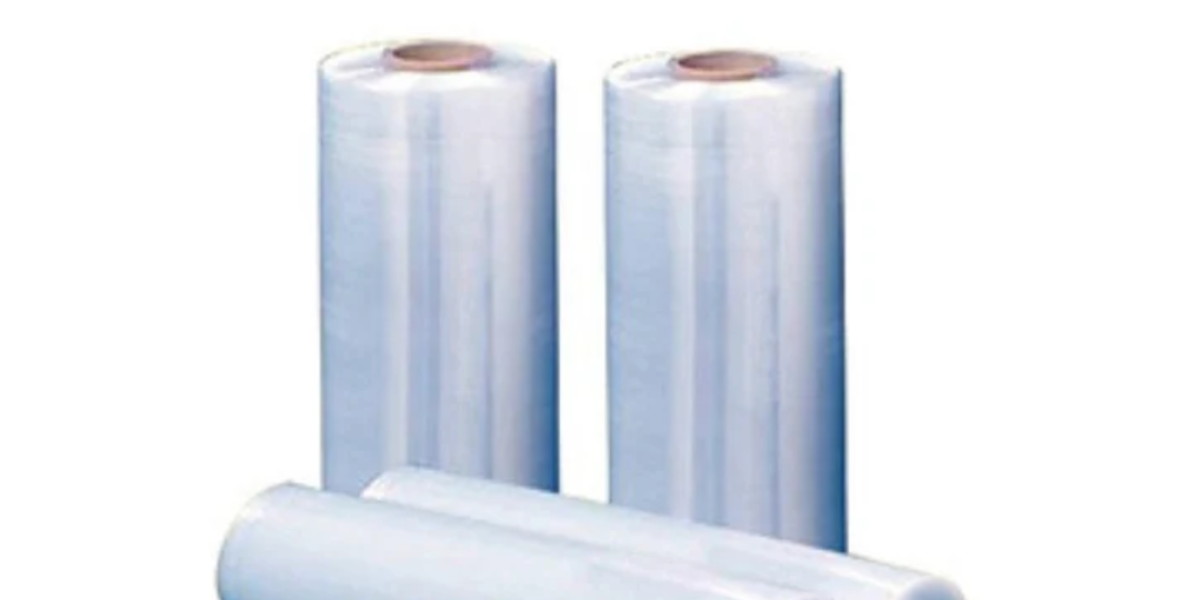Polyethylene (PE) film is a widely utilized plastic product that plays a critical role across various industries, from packaging to agriculture. Characterized by its lightweight, flexibility, and excellent barrier properties, PE film serves as an effective solution for numerous applications. This Pulkit Plastic Products will explore the types of polyethylene films, especially focusing on the offerings from polyethylene film manufacturers and HDPE film manufacturers, as well as the significance of PE film for industrial use. Understanding the multifaceted capabilities of PE film can help businesses make informed decisions in their production and packaging processes.
The Versatile World of PE Film
Polyethylene film is made from polymers through a process called polymerization, where ethylene gas is transformed into a solid plastic material. PE film comes in various grades, including low-density polyethylene (LDPE), linear low-density polyethylene (LLDPE), and high-density polyethylene (HDPE). LDPE and LLDPE are often used for lightweight applications, such as supermarket bags and wrapping materials, while HDPE is favored for its strength and durability, making it suitable for sturdier applications like containers and industrial packaging.
These various types of PE films are available in multiple thicknesses, which can be customized to meet specific performance criteria. This flexibility is one of the reasons why PE film is so popular in different sectors. Industries such as food and beverage, healthcare, agriculture, and construction regularly rely on these films for their protective and convenience-enhancing properties.
The Role of PE Film in Packaging
Packaging is one of the most predominant sectors utilizing PE film for industrial use. The film’s remarkable barrier properties help preserve product freshness and protect against moisture, light, and contaminants. Food packaging is a good example where PE film is indispensable. It is used to create vacuum-sealed bags, heat-sealed pouches, and various forms of stretch film to secure products. These methods not only enhance shelf life but also significantly reduce food waste, contributing positively to environmental sustainability.
Moreover, consumers often value convenience, and PE film brilliantly meets this demand. Manufacturers leverage PE film’s lightweight nature, which translates to lower shipping costs and ease of handling. This attribute also plays a role in reducing the carbon footprint associated with transporting packed goods. As e-commerce continues to thrive, the demand for efficient and user-friendly packaging solutions has surged, making PE film an irreplaceable component in the packaging supply chain.
Applications in the Agricultural Sector
While PE film is most recognized for its packaging capabilities, its utility in agriculture is equally noteworthy. Farmers and agricultural businesses widely employ PE film to create protective coverings for crops and greenhouse environments. Polyethylene plastic can be tailored to allow desired light penetration while shielding crops from environmental stressors like frost, strong winds, and pests.
Greenhouse structures made from PE film provide essential protection to delicate seedlings while allowing for optimal temperature control. This flexibility provides a microclimate that is crucial for increasing yield and quality. Additionally, agricultural mulch films made from polyethylene prevent soil erosion and enhance water retention, further promoting plant growth. As sustainable farming practices gain prominence, the use of PE film in agriculture continues to evolve to meet the industry’s changing needs.
Insights into PE Film Manufacturing
Polyethylene film manufacturers deploy a range of processes to produce high-quality films tailored to specific applications. The extrusion process is a primary method utilized in the manufacturing of PE film. During this process, resins are melted and forced through a die, forming a continuous sheet that is then cooled and rolled for distribution. Both blown film extrusion and cast film extrusion techniques are commonly employed, each with unique advantages depending on the desired film characteristics.
HDPE film manufacturers follow similar manufacturing principles, although they specifically prioritize the properties associated with high-density polyethylene. By controlling the resin’s properties and the extrusion conditions, manufacturers can produce HDPE films that excel in strength and puncture resistance. The variations in manufacturing techniques and material choices allow for a range of products, enabling end users to select films that best suit their needs.
PE Film for Industrial Use
In industrial applications, HDPE film manufacturers finds extensive use beyond packaging and agriculture. Large-scale manufacturing processes often require protective materials that can withstand challenging environments. PE film is particularly suitable for insulation, vapor barriers, and protective covers for machinery and equipment.
These films can also be engineered to meet stringent environmental and safety standards, which is crucial for industries such as construction, automotive, and electronics. For example, vapor barrier films are essential for moisture control in construction projects, protecting building materials during the curing process. Additionally, specialized PE films facilitate product identification and labeling in manufacturing lines, contributing to efficiency and safety.
Benefits of PE Film in Sustainability
As industries evolve, the importance of sustainability cannot be overstated. PE film plays a key role in contributing to environmentally responsible practices. One notable advantage of using polyethylene films is that they are recyclable, helping to reduce the amount of plastic waste. The recycling process not only conserves resources but also promotes a circular economy, where materials are reused and repurposed.
Moreover, advancements in the production of biodegradable and compostable PE films have led to a growing market that addresses consumers’ demands for eco-friendly products. Manufacturers are increasingly developing options that reduce the long-term environmental impact associated with traditional plastic use. As businesses seek to align with sustainable practices, investing in PE films that are environmentally friendly can create a positive brand perception and foster customer loyalty.
Conclusion
In summary, Polyethylene film manufacturers represents a dynamic and versatile solution for various applications across multiple industries. From packaging and agriculture to industrial use, its lightweight, durable, and moisture-resistant properties make it indispensable in modern commerce. The role of polyethylene film manufacturers and HDPE film manufacturers is crucial in producing films tailored specifically to meet the growing demands of different sectors. As sustainability takes center stage in global conversations, PE film stands out for its recyclability and potential for eco-friendly innovations. By understanding its myriad applications and benefits, businesses can make informed decisions when selecting materials that add value to their operations.
Frequently Asked Questions
- What types of polyethylene films are available for purchase?
Various types of polyethylene films are available on the market, including low-density polyethylene (LDPE), linear low-density polyethylene (LLDPE), and high-density polyethylene (HDPE). Each type is suited for different applications based on its unique properties, such as flexibility, strength, and thickness. - How do I choose the right PE film for my specific needs?
To choose the appropriate PE film, assess the application requirements, such as moisture resistance, strength, flexibility, and barrier properties. Engaging with manufacturers or suppliers can also provide insights into specific products that may better meet your requirements. - Are PE films recyclable?
Yes, polyethylene films are recyclable, and many manufacturers are working to improve the recycling processes associated with PE film. It’s essential to check local recycling guidelines, as not all recycling facilities accept plastic films due to the nuances in processing. - What industries primarily use PE film?
PE film is utilized across various industries, with notable applications in packaging, agriculture, construction, and manufacturing. Its versatility allows it to address diverse needs, from food preservation to moisture control in building materials.












